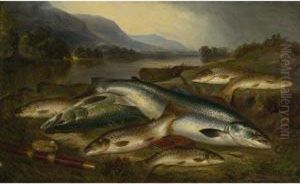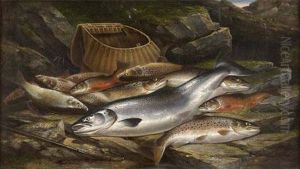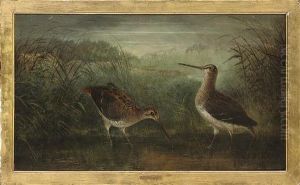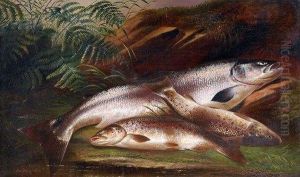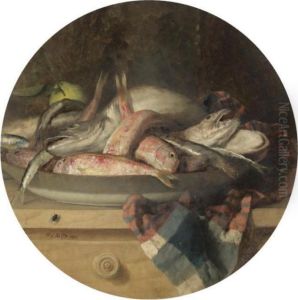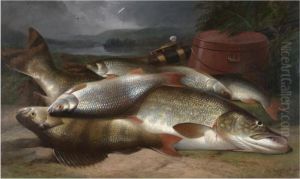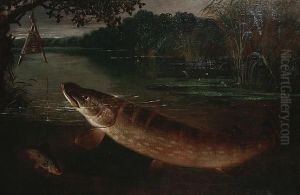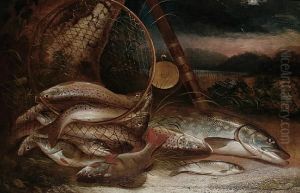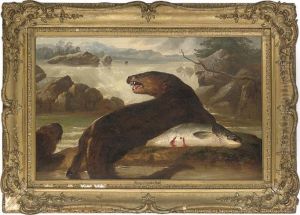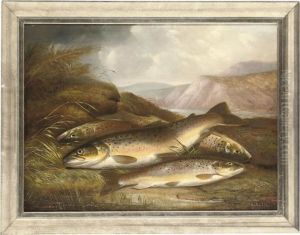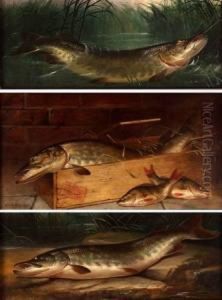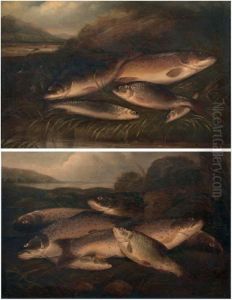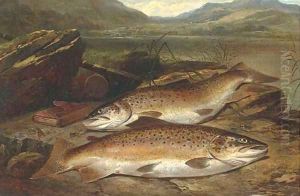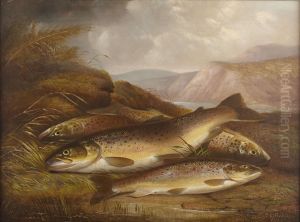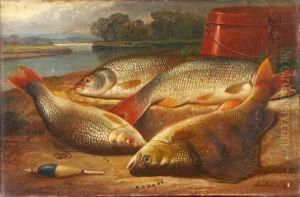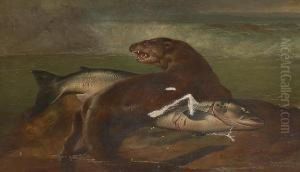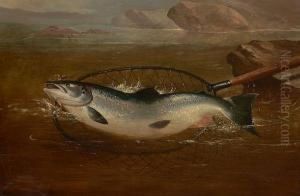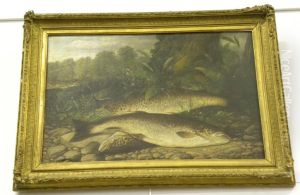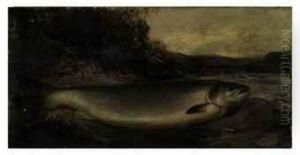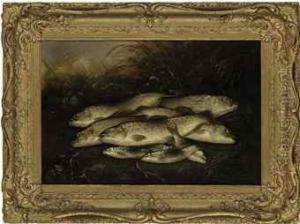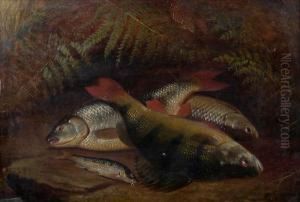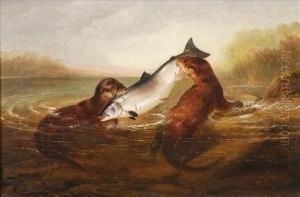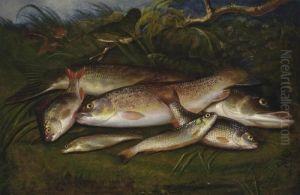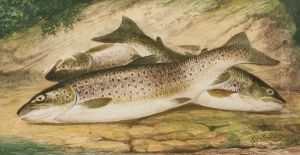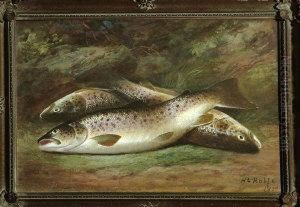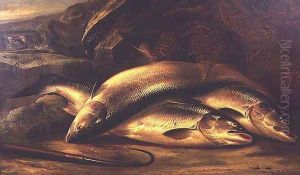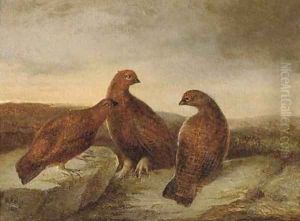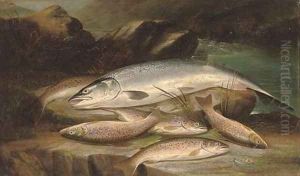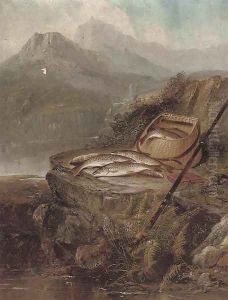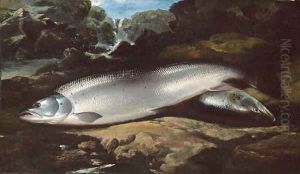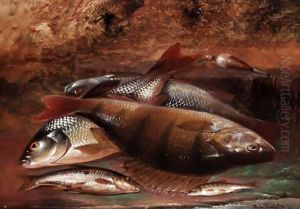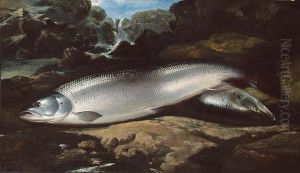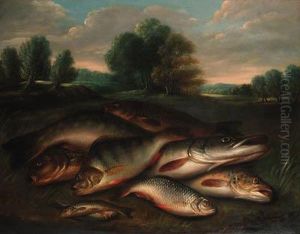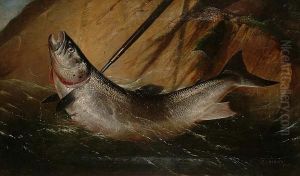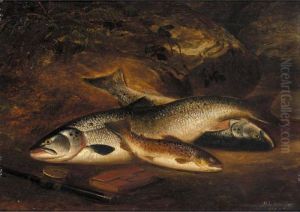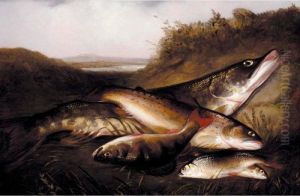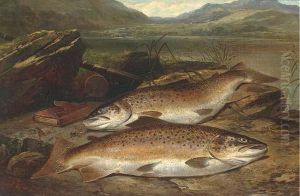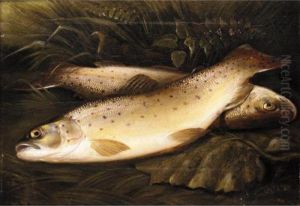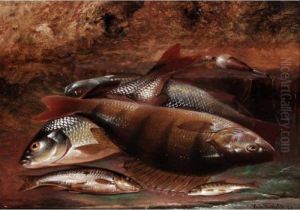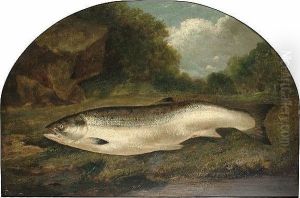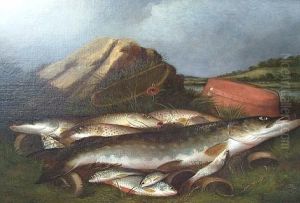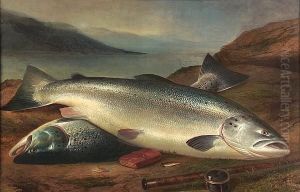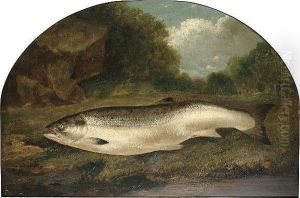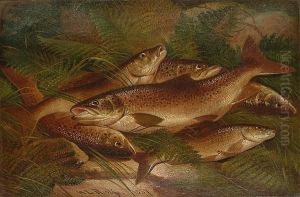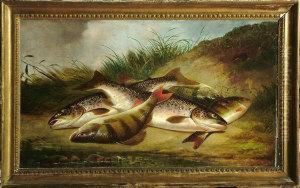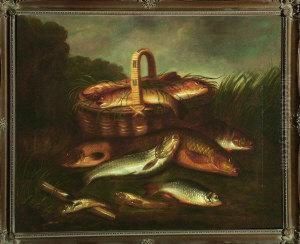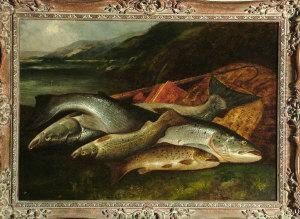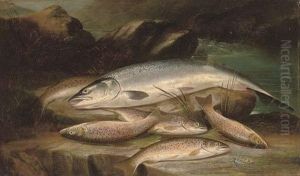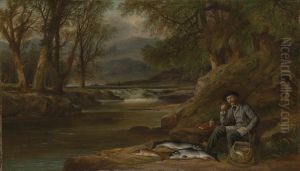Henry Leonidas Rolfe Paintings
Henry Leonidas Rolfe was a British artist known for his landscape paintings and illustrations. Born in 1824 in Kennington, London, Rolfe was a contemporary of the Victorian era, which was a period of significant cultural, industrial, and political change within the United Kingdom.
Rolfe’s artistic journey began with his training at the Somerset House School of Design and the Royal Academy Schools. His education provided him with a solid foundation in the theoretical and practical aspects of art, which he later applied to his work as a painter and illustrator.
Although not as widely recognized as some of his contemporaries, Rolfe’s work was nonetheless appreciated for its detail and the ability to capture the essence of the British countryside. His landscapes often depicted rural scenes with a serene and picturesque quality, reflective of the Romantic movement that celebrated nature and emphasized emotional expression.
Throughout his career, Rolfe exhibited his work at various venues, including the British Institution and the Royal Academy. His illustrations were also featured in publications of the time, contributing to his reputation as a skilled artist.
Henry Leonidas Rolfe’s life was relatively short; he passed away in 1881 at the age of 57. Despite the brevity of his life, he left behind a body of work that continues to be of interest to art historians and collectors who appreciate the art of the Victorian era. His contributions to landscape painting and illustration are a testament to the diversity and richness of 19th-century British art.
